According to statistics, up to now, in Ninh Binh province, there are 1,210 drug addicts with records, 901 drug users. Of these, 717 are heroin addicts, 256 are synthetic drug addicts, 237 are addicted to other drugs. The whole province has organized treatment and drug rehabilitation for 1,075 drug addicts. However, to achieve sustainable effectiveness in drug rehabilitation, it is thought that there is still much work to be done.
In the first 6 months of 2023, the whole province organized drug addiction treatment for 299 drug addicts, including 272 people undergoing compulsory drug addiction treatment and 27 people undergoing voluntary drug addiction treatment (22 people at public drug addiction treatment facilities and 5 people at private drug addiction treatment facilities).
The Department of Labor, War Invalids and Social Affairs has directed the provincial drug rehabilitation facility to promptly send notices to the People's Committees of communes, wards and towns where drug addicts have completed their rehabilitation period at the unit to coordinate in implementing the management and support work for post-rehabilitation drug addicts.
Trung Son Ward (Tam Diep City) has 15 addicts, 9 illegal drug users and 3 people who have been treated for drug addiction; 3 drug addicts were sent to compulsory drug addiction treatment. Compared to 2022, both the number of addicts and illegal drug users in the community in the area has decreased.
However, according to Mr. Dang Van Khuong, Chairman of Trung Son Ward People's Committee, the management of post-rehabilitation drug addicts still faces many difficulties. Drug addicts do not stay at their place of residence regularly, voluntarily leave other places or go to work far away but do not report to local authorities. Many cases when surveyed and reviewed do not have the need to learn a trade or need to borrow capital, making it difficult for the locality to propose and advise on implementing support policies for post-rehabilitation drug addicts. Meanwhile, not having a stable job is the reason why post-rehabilitation drug addicts are very likely to relapse.
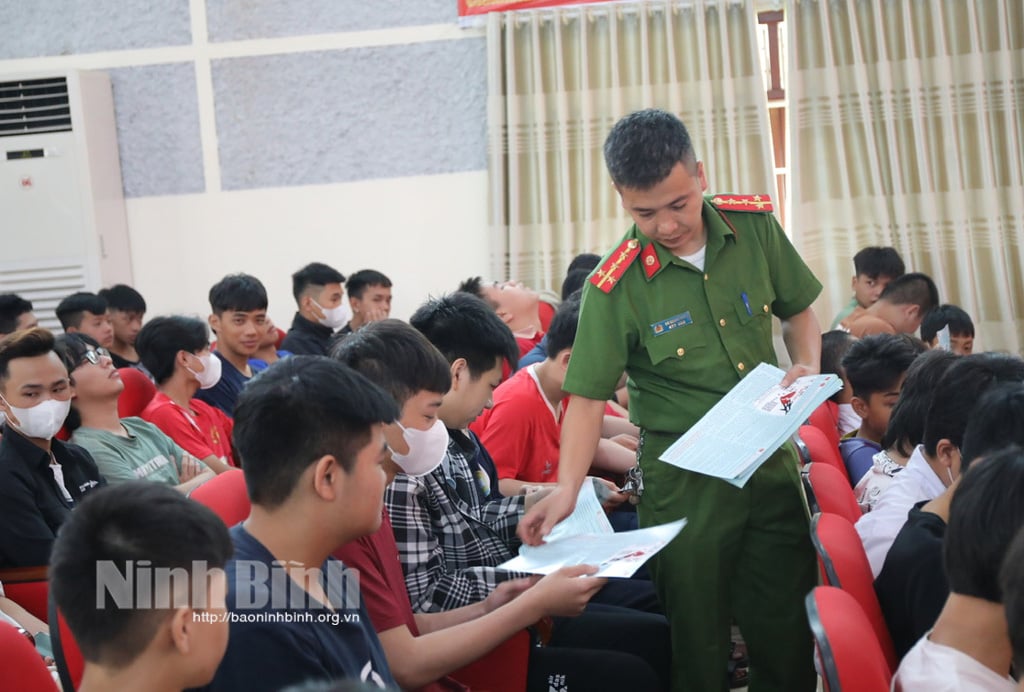
The provincial drug rehabilitation center is a place to carry out compulsory drug rehabilitation for drug addicts, but does not have the function of post-rehabilitation management. According to the unit's statistics, since its establishment in 1993, the Center has received and managed over 4,000 drug addicts, and coordinated with functional agencies to resolve community reintegration for over 3,500 subjects. Although there has been no specific survey, practice shows that many subjects return to the drug rehabilitation center for the second time or more. This shows that the relapse rate is still high. There are many reasons, but mainly because post-rehabilitation drug addicts have difficulty finding jobs to integrate into the community.
Mr. B., from Hoa Lu district, is one of the people who have been rehabilitated at the provincial drug rehabilitation center more than twice. The reason for B.'s relapse is that he has no job. "Previously, because I went far away to work, I got involved in drugs with bad friends. I relapsed many times after rehabilitating because I couldn't find a job.
In reality, many production facilities are still hesitant to accept workers with a history of drug addiction. Even family members are wary when living with people after drug rehabilitation. Without a job, lacking the sympathy of relatives and the community, I had to go far away to work and fell into a slump again. This time after rehabilitation, I was taught tailoring. When I return to reintegrate into the community, I hope to be able to create my own job to earn an income and stabilize my life..." - Mr. B. shared.
Research shows that there are many reasons why people after drug rehabilitation find it difficult to find a job. Accordingly, the first and biggest obstacle is that the educational level of drug rehabilitation people is still low, they have difficulty in acquiring a profession, so it is difficult to find a job after drug rehabilitation. Currently, the Provincial Drug Rehabilitation Center is managing over 233 students. Of these, over 70% only have a secondary school education or lower. The number of people without a job or with unstable jobs accounts for over 90%.
In recent times, in addition to efforts in drug addiction treatment and health recovery, the Center has also paid special attention to cultural education and organized literacy classes for students. 100% of students admitted to the Center, after detoxification, have stable health and are able to participate in labor and therapy. The Center has cooperated with businesses to organize training courses in both study and labor therapy in occupations such as: making decorative stones, making false eyelashes, weaving duckweed, soldering flashing, folding paper bags, sewing, welding, construction... The Center also takes advantage of land to raise livestock, grow crops, and provide a portion of food to improve the lives of students. However, these are only jobs that have therapeutic significance for drug addicts, and cannot help students find jobs with stable income when reintegrating into the community.
Mr. Le Tien Dat, Director of the Provincial Drug Rehabilitation Center, said: In addition to the difficulty in finding a job to stabilize their lives and integrate into the community, people after rehabilitation also face discrimination and unsympathetic views from their families and the community. In reality, people after rehabilitation often feel sad, depressed, and even have no direction when reintegrating into the community. Therefore, without the encouragement, care, and love of their relatives to help them overcome psychological crises, they will easily give up, become indifferent, and quickly return to... drugs.
To limit the relapse rate, families need to pay more attention to encourage the willpower of post-addiction patients to overcome. In addition, localities also need to establish many models of post-addiction management suitable to the local situation, which will be a bridge for post-addiction patients to return to their families. The establishment of these models will help post-addiction patients have a place to gather and express their wishes in the process of rebuilding their lives. Through this, management staff and relatives can grasp their thoughts and feelings in order to provide appropriate and effective assistance.
Dao Hang-Minh Quang
Source link


![[Photo] General Secretary To Lam and international leaders attend the parade celebrating the 80th anniversary of the victory over fascism in Russia](https://vphoto.vietnam.vn/thumb/1200x675/vietnam/resource/IMAGE/2025/5/9/4ec77ed7629a45c79d6e8aa952f20dd3)

![[Photo] Prime Minister Pham Minh Chinh chairs a special Government meeting on the arrangement of administrative units at all levels.](https://vphoto.vietnam.vn/thumb/1200x675/vietnam/resource/IMAGE/2025/5/9/6a22e6a997424870abfb39817bb9bb6c)
![[Photo] Magical moment of double five-colored clouds on Ba Den mountain on the day of the Buddha's relic procession](https://vphoto.vietnam.vn/thumb/1200x675/vietnam/resource/IMAGE/2025/5/9/7a710556965c413397f9e38ac9708d2f)
![[Photo] Russian military power on display at parade celebrating 80 years of victory over fascism](https://vphoto.vietnam.vn/thumb/1200x675/vietnam/resource/IMAGE/2025/5/9/ce054c3a71b74b1da3be310973aebcfd)












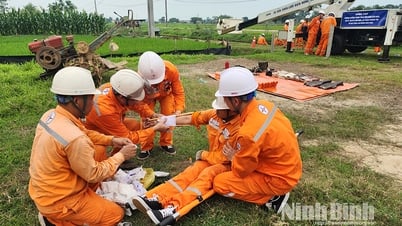
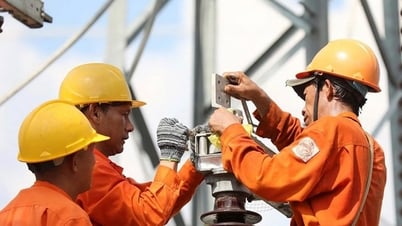









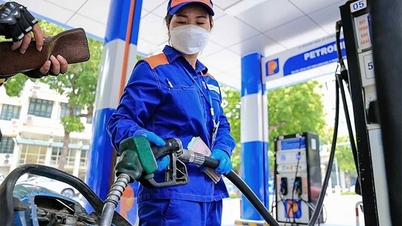







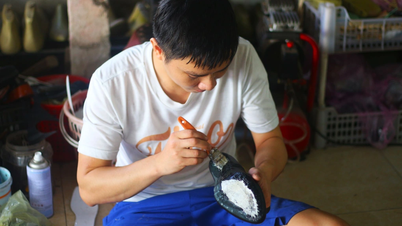



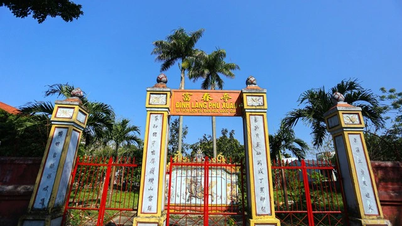






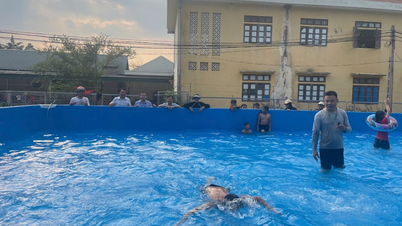




























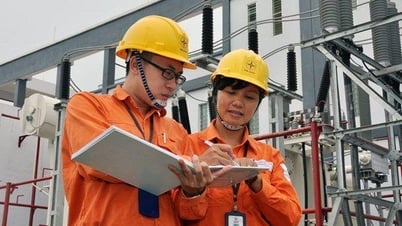
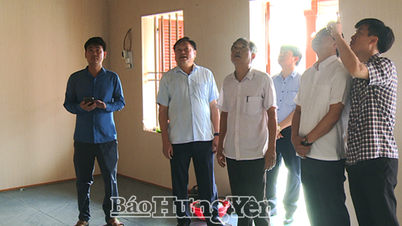

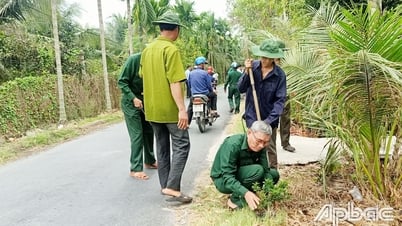


















Comment (0)